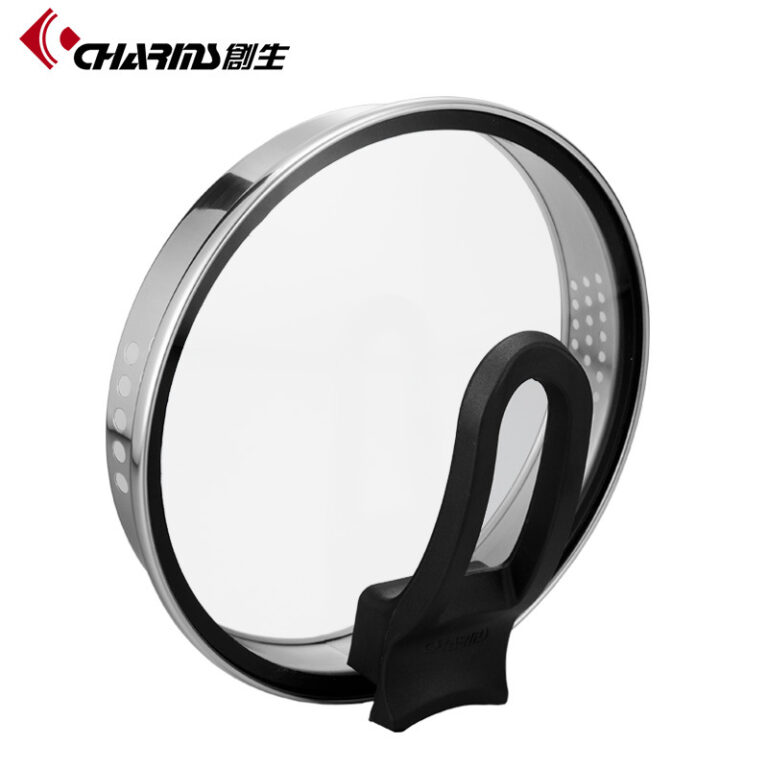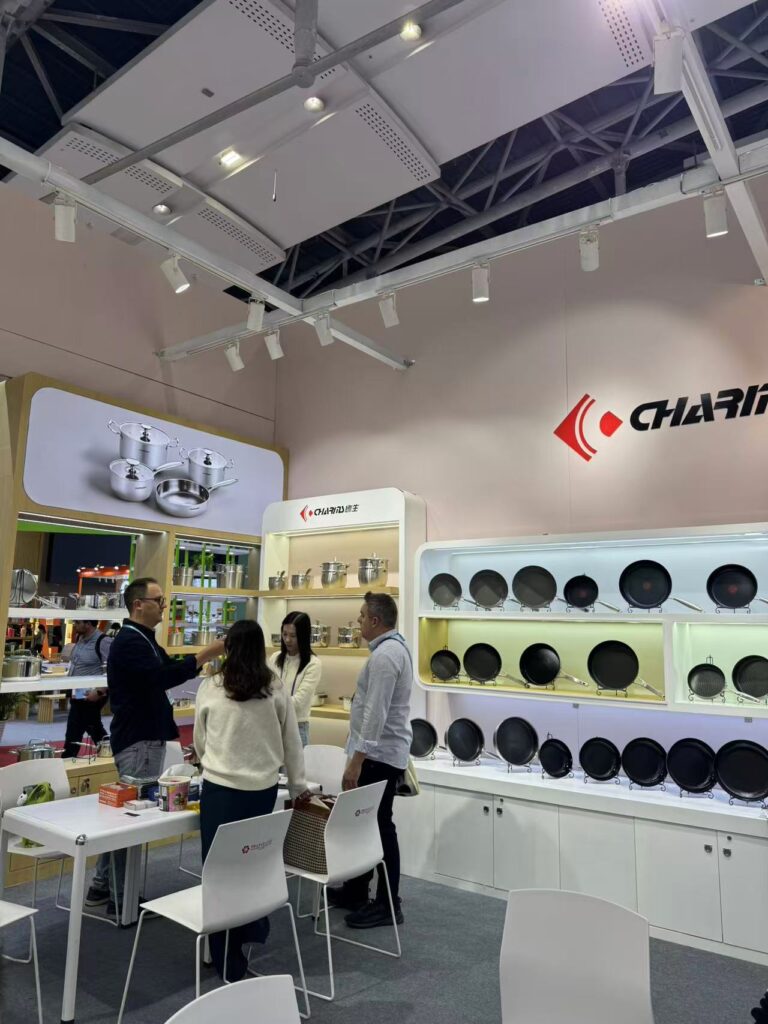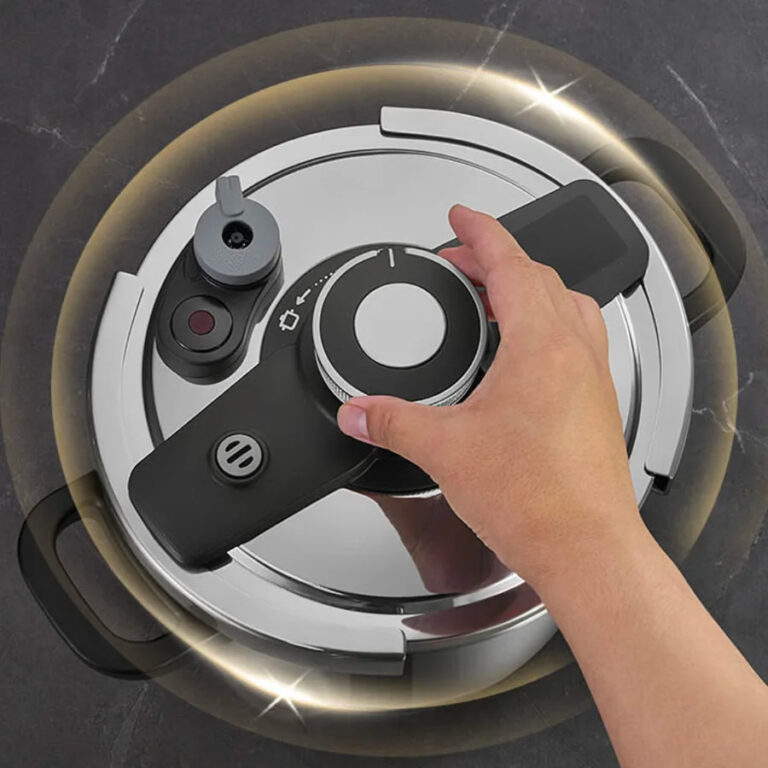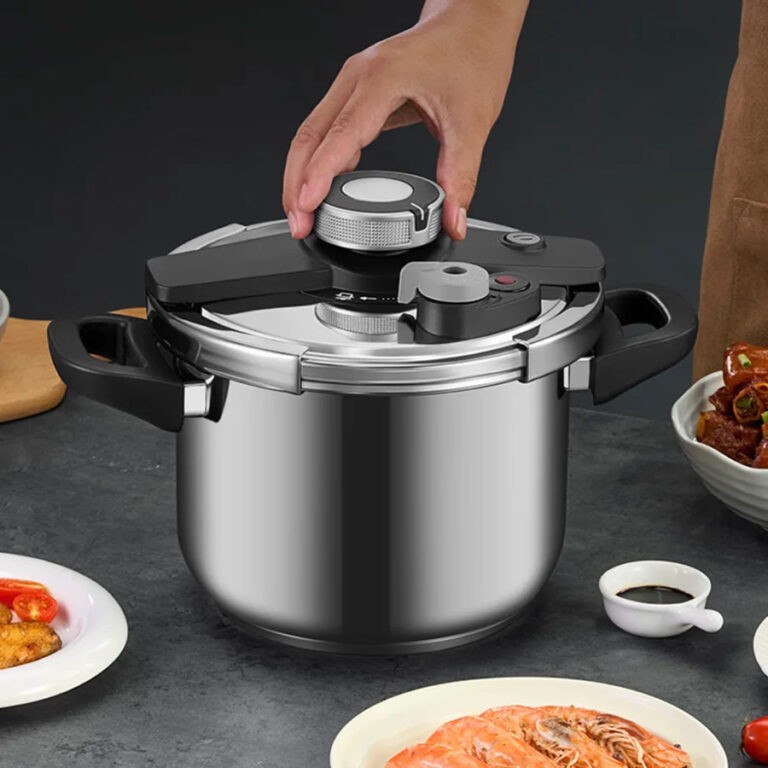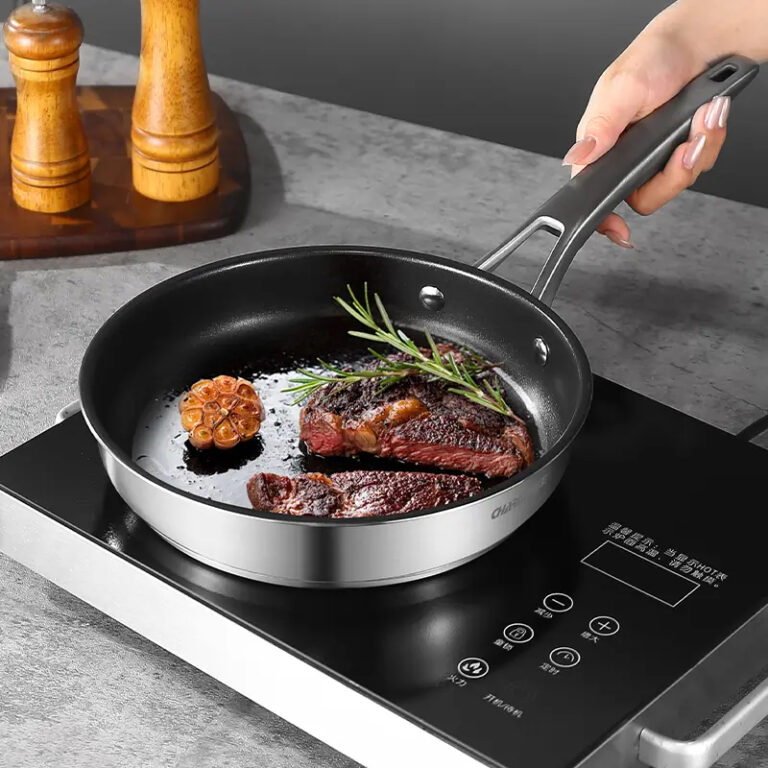Cooking is not merely a matter of recipes, but also related to the tools we use. In the kitchen, nothing is more controversial than whether to use a stainless steel pot or a non-stick one. Each choice has its own reputation, advantages, and disadvantages. When you choose the right frying pan, you can change the taste and appearance of food, and even the difficulty of cleaning.
Over the past three decades of manufacturing stainless steel cookware and observing countless professional kitchens, I have noticed a consistent fact: there is no one-size-fits-all answer. The “better” choice depends on what you do, how you do it, and your expectations of the cookware.
Next, let’s analyze it step by step.
Table of Contents
Toggle1.What is Stainless Steel Cookware?
Stainless steel cookware is made by combining iron with chromium and sometimes nickel. The chromium gives the material its signature resistance to rust and corrosion, while nickel adds shine and durability. Unlike nonstick, stainless steel has no coating on its surface, which means it is more versatile and long-lasting when treated properly.
Professional chefs often favor stainless steel because it can handle high heat, distribute it evenly, and develop a rich sear on food. Its surface is unforgiving to mistakes, but when used correctly, it produces results that nonstick simply cannot match.

2. What’s the Difference Between Frying in Stainless Steel and Nonstick?
Here’s a simple comparison that captures the key contrasts:
| Feature | Stainless Steel | Nonstick |
|---|---|---|
| Heat Tolerance | Very high (ideal for searing/meats) | Limited (usually below 260°C / 500°F) |
| Cooking Surface | Natural, requires oil/fat management | Coated, naturally prevents sticking |
| Durability | Extremely long-lasting | Coating wears off with time |
| Cleaning | Can require effort | Easy, usually wipes clean |
| Flavor Development | Excellent browning and fond creation | Minimal browning, less flavor buildup |
| Versatility | Oven-safe, metal utensils acceptable | Limited oven safety, delicate coating |
3. How to Decide Between Stainless Steel and Nonstick
The decision often depends on what you cook most often. If you enjoy cooking proteins like steak, chicken, or stir-fried vegetables, stainless steel is unmatched because of its ability to hold heat and develop flavor. But if your daily cooking involves eggs, pancakes, or delicate fish, nonstick saves time and avoids frustration.
Think of it this way: stainless steel is like a precision tool—it takes skill, but rewards you with results. Nonstick is like a shortcut—it delivers convenience without requiring much technique. Many kitchens benefit from keeping both.
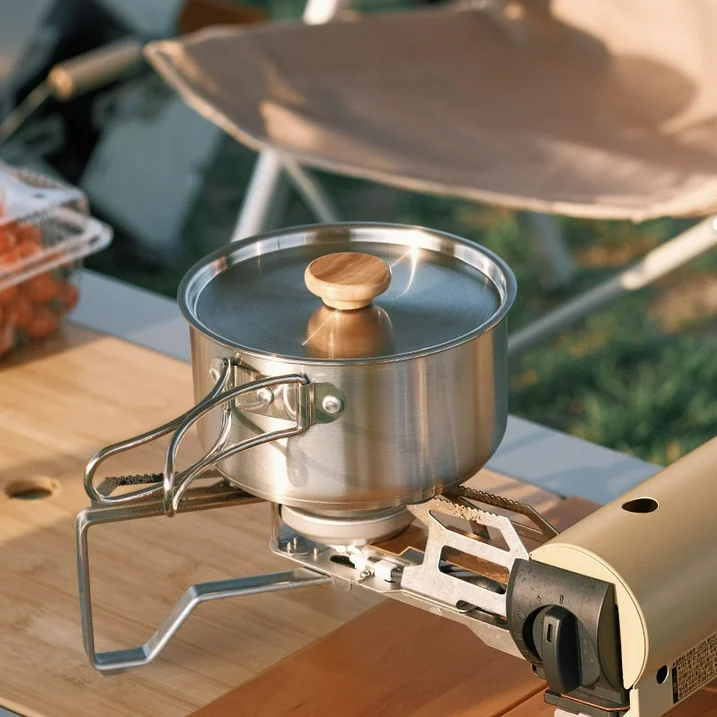
4. Advantages and Drawbacks of Stainless Steel
Advantages:
-
Handles high heat without warping.
-
Produces excellent searing and flavor development.
-
Extremely durable; no coating that can peel.
-
Compatible with oven use and metal utensils.
Drawbacks:
-
Less forgiving—food sticks if heat and oil aren’t managed well.
-
Heavier compared to nonstick.
-
Cleaning requires more effort, especially after frying.
Case Example:
In one catering business I worked with, the chef replaced nonstick pans with stainless steel when preparing large batches of beef stir-fry. At first, the team struggled with sticking. After adjusting preheating and oiling techniques, the results improved dramatically—meat browned evenly, flavors deepened, and the pans lasted far longer, cutting replacement costs.
5. Advantages and Drawbacks of Nonstick
Advantages:
-
Perfect for delicate foods; nothing clings to the surface.
-
Requires minimal oil, ideal for light cooking styles.
-
Quick cleaning—often just a soft wipe.
-
Lightweight and easy to handle.
Drawbacks:
-
Coating gradually wears off and needs replacement.
-
Cannot withstand very high heat.
-
Prone to scratches from utensils.
-
Some coatings raise safety concerns if overheated.
6. Best Practices for Using Both Types of Cookware
For Stainless Steel:
-
Preheat before adding oil; a drop of water should glide across the surface.
-
Avoid sudden temperature shocks to prevent warping.
-
Use fond (the browned bits stuck on the pan) to create flavorful sauces instead of scrubbing it away.
For Nonstick:
-
Keep heat low to medium to preserve the coating.
-
Only use wooden, silicone, or plastic utensils.
-
Wash gently—avoid abrasive sponges or dishwashers.
-
Replace once you see scratches or peeling.
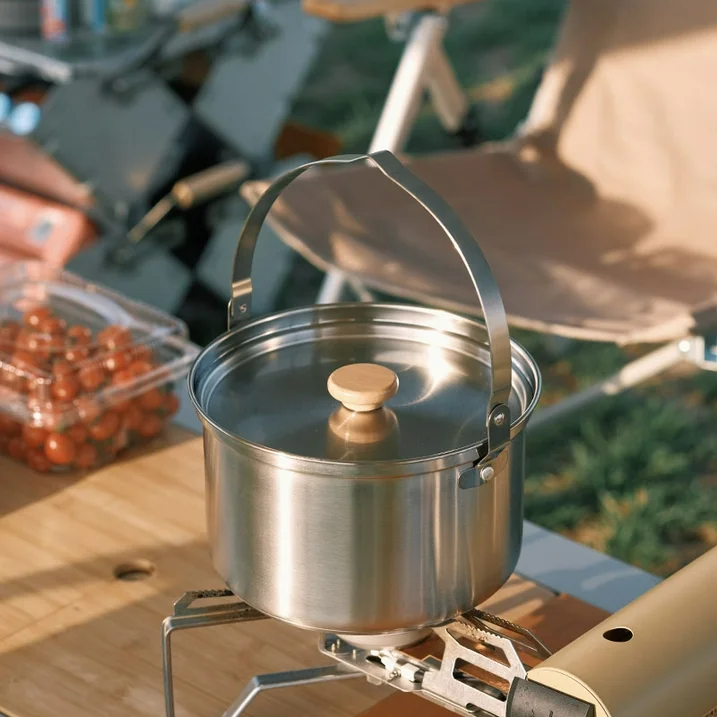
7. Which Pan Is the Better Choice?
The “better” pan depends entirely on your priorities. If performance, durability, and versatility matter most, stainless steel is the stronger choice. If easy handling, quick meals, and low-maintenance cleanup matter more, nonstick might be a better fit.
Most experienced cooks keep both: stainless steel for meats and sauces, nonstick for eggs and fragile foods. Having both allows you to match the right tool with the right task instead of forcing one pan to do everything.
8. How to Choose a Reliable Stainless Steel Cookware Manufacturer
If you decide to invest in stainless steel, the manufacturer you choose directly affects product performance. Look for these signs of a dependable partner:
-
Material Quality: Multi-layer or clad construction ensures even heating.
-
Certifications: ISO standards confirm consistent quality and safety.
-
Innovation: A strong R&D team signals ongoing improvements.
-
OEM/ODM Capabilities: If customization is important, check for proven partnerships with global brands.
-
Production Capacity: Advanced, automated facilities mean faster delivery and fewer defects.
9. Conclusion
Choosing between stainless steel and non-stick pans is not a universally better question, but rather one that aligns with your business strategy. Stainless steel boasts unparalleled durability, high thermal performance, and long-term cost-effectiveness, making it the preferred choice for high-quality product lines or professional applications. In contrast, non-stick agents meet consumers’ strong demands for convenience, quick cooking, and easy cleaning, making them an ideal choice for the broader retail market and lifestyle-driven segments.
For many enterprises, the most sustainable approach is a dual product strategy: positioning stainless steel for high-value, long-life customers, while using non-stick agents to capture mainstream or entry-level demands. By collaborating with manufacturers that combine advanced production capacity, strict quality control, and strong R&D capabilities, the company can ensure reliable supply, accelerate innovatio,n and effectively respond to the constantly changing consumption trends.
Finally, cookware is not merely a kitchen tool – it reflects quality, trus,t and brand reputation. With the support of the right partners, the right choice can not only serve end users but also create long-term value for your business.
If you are interested in our products, please contact us!


